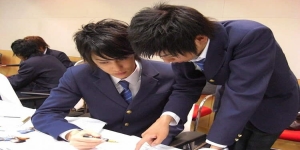Omotenashi おもてなし The art of Japanese Hospitality

Omotenashi お も て な し is a particular "discipline" (but we'll see that it represents more a philosophy of life), imparted to every employee, public or private, of any activity dealing with the customer reception.
For a Westerner, it may appear as the simple training that is done to the staff hired for welcoming customers. But in Japanese society this goes beyond the simple "duty" of welcoming and "serving", enters into the personal heritage of people and affects society in depth.

Among the first rules of the omotenashi, we find some important ones dating back to the 16th century, created by the famous master of tea ceremony Sen no Rikyū 千 利 休 (1522-1591). The master explains what our behavior should be, turning the customer into something more than one who pays, and what should be "left" to the customer, like as experience, feelings, once this has left the place .

The great master said "Since life is full of uncertainty, the events of the day must be engraved in his heart (means the client) as if there were no tomorrow. Today's tea ceremony is an experience to do it at least once in your life and you, together with your guests, must openly face the meeting, with sincerity "
This is a philosophy that implies a deep-rooted respect, that which shows itself to every person, that the Japanese learn from an early age. It is so important that there is a coined proverb for the omotenashi " お客様は神様 kyokyakusama wa kamisama", wanting to translate and apply it to Western thought, it would sound like the classic "the customer is always right", but stopping only at the surface we would make a mistake. The Japanese in fact, with profound belief, use to say "the client is like God" or "the client is like Buddha". This makes us understand the great difference of thought.
For those who have been in Japan, even if they don't know the name, they have lived the omotenashi every day, everywhere. As soon as you enter in a shop when the clerks bow, the same in the department stores, the controller who just finished the tour of the carriage, before leaving, turns around and greets the passengers with the bow. I'm sure you understand what you're talking about.

As often happens in Japan, what in the eyes of us Westerns appears as benevolence and good manners towards customers (whether they are buyers or users of services), the homage without expecting anything in return (a transaction, or a payment for example) it is in the depths of individual consciousness and of Japanese society.

 English (United Kingdom)
English (United Kingdom)  Italiano (it-IT)
Italiano (it-IT) 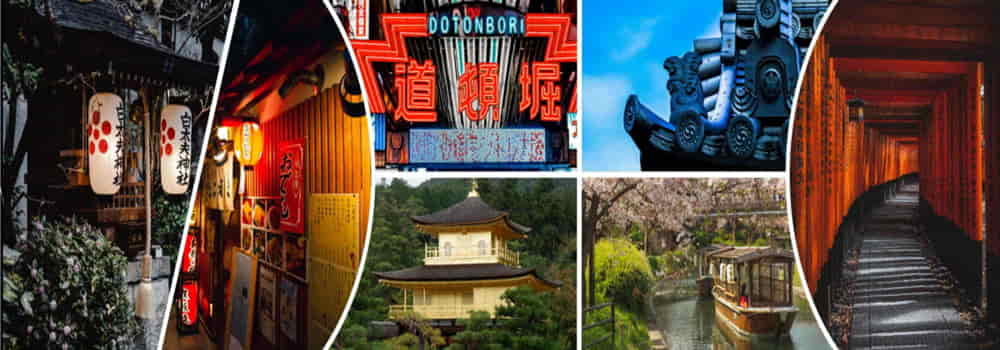
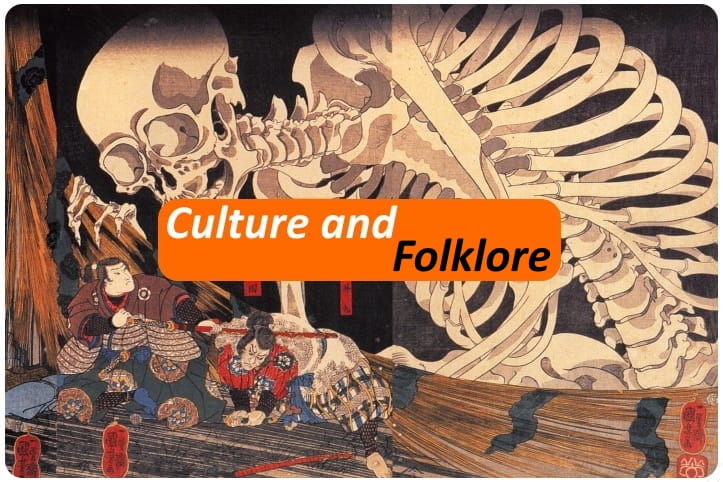
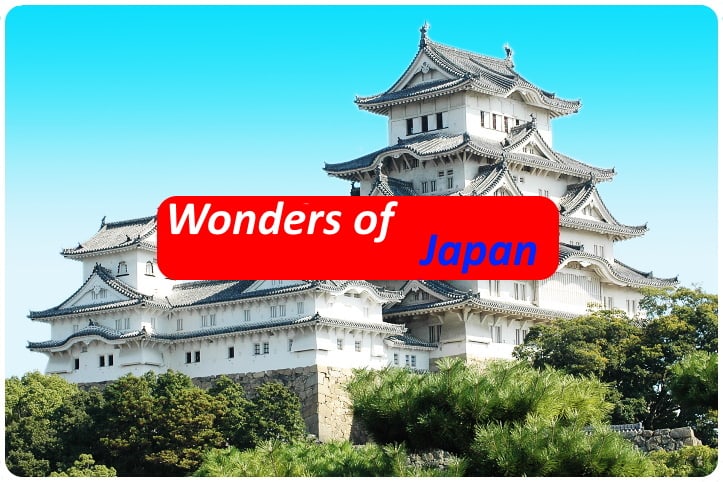

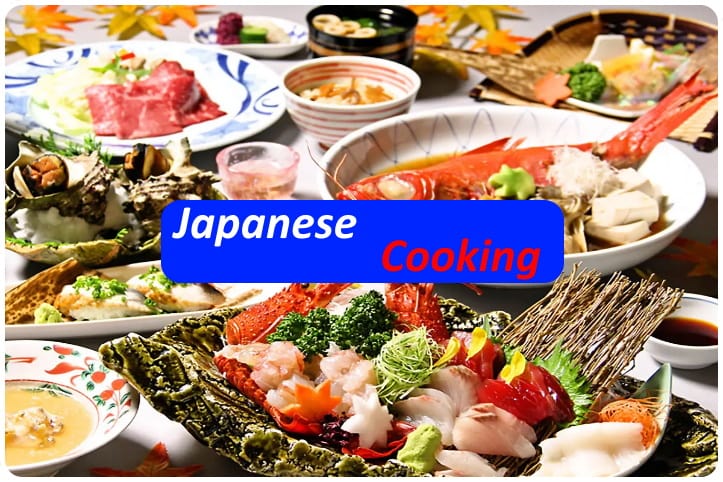


![[Review] Princess Toyotomiプリンセス トヨトミ](https://www.fukainihon.org//cache/mod_jt_contentslider/fdfb524f85518b9476158c79c8ea022f_328.jpg)


